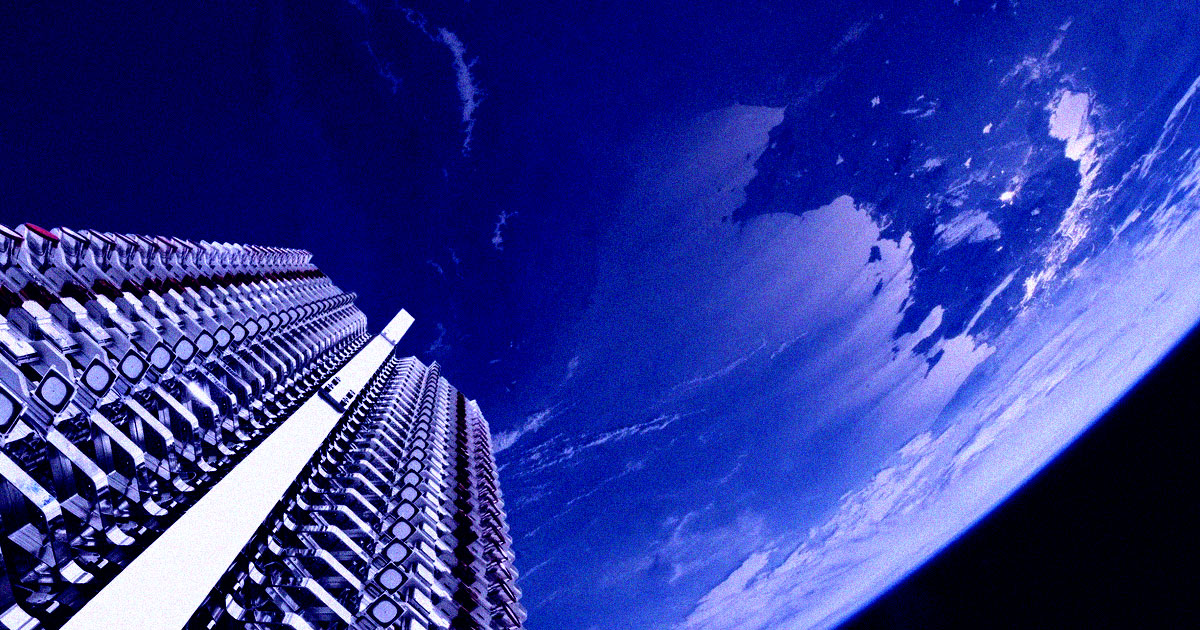- cross-posted to:
- [email protected]
- cross-posted to:
- [email protected]
Abstract from the paper in the article:
https://agupubs.onlinelibrary.wiley.com/doi/10.1029/2024GL109280
Large constellations of small satellites will significantly increase the number of objects orbiting the Earth. Satellites burn up at the end of service life during reentry, generating aluminum oxides as the main byproduct. These are known catalysts for chlorine activation that depletes ozone in the stratosphere. We present the first atomic-scale molecular dynamics simulation study to resolve the oxidation process of the satellite’s aluminum structure during mesospheric reentry, and investigate the ozone depletion potential from aluminum oxides. We find that the demise of a typical 250-kg satellite can generate around 30 kg of aluminum oxide nanoparticles, which may endure for decades in the atmosphere. Aluminum oxide compounds generated by the entire population of satellites reentering the atmosphere in 2022 are estimated at around 17 metric tons. Reentry scenarios involving mega-constellations point to over 360 metric tons of aluminum oxide compounds per year, which can lead to significant ozone depletion.
PS: wooden satellites can help mitigate this https://www.nature.com/articles/d41586-024-01456-z



Why would you think that?
When I fire up the grill, I don’t do calculations on how much weight in CO2 I’m putting into the air and then extrapolate that to find the total mass of CO2 that grills generate globally. I usually just make burgers.
That space engineer made sure that they were on the right side of the rocket equation and they made it to orbit (which is hard on its own).
I agree that thorough environmental studies really ought to be happening, but I’m not surprised that aspects got missed.